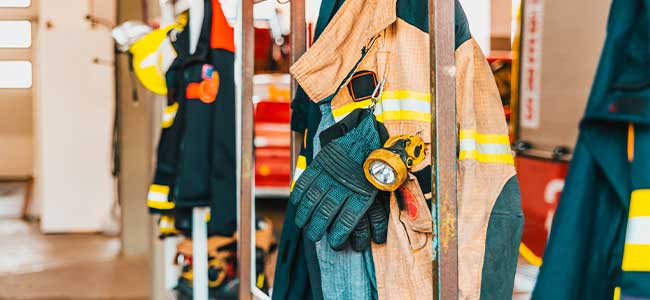
Choosing the right fall protection equipment is crucial for protecting workers at-height, but it is equally important that it is correctly used.

Understanding Intrinsically Safe Technology and how the future of safety lies in integrating these technologies with advanced monitoring systems.

Like it or not, winter is coming. Are you ready for the snow, ice and — complacency?

Safety managers must consider material quality, proper maintenance, and long-term cost-effectiveness to ensure optimal protection.

How the right PPE protects from molten splash hazards.

What qualities and knowledge do respiratory protection program administrators need?

Technological advances throughout the 20th century to today have made possible the elimination of many hazards in the workplace. For those situations where exposure to hazards is unavoidable, the use of PPE is a literal lifesaver.

Weighing the pros and cons of the two major types of air quality analysis.

Connected monitoring helps facilitate immediate identification and response to potential hazards, improves accident prevention, and enhances compliance and safety.

From ultra-bright headlamps and feature-rich work lights to flexible scene lighting solutions, today’s portable lighting tools are more efficient than ever before.

Vacuum conveyors for bulk powder and solids transfer reduces the need for repeated enforcement and training for respiratory, ergonomic, fall and combustible dust safety.

Beyond skills and knowledge: how attitudes and risk tolerance influence driving safety.

AI promises much for workplace safety, but people remain the prime mover.

Autonomous solutions in distribution yards improve safety, efficiency and cost control by reducing human involvement in hazardous tasks and minimizing risks to workers.

The meetings will take place both in-person and virtually on October 29 and 30, 2024.

Let’s review each standard on this year’s list as well as OSHA’s guidelines and requirements.

Electric vehicle battery manufacturers must mitigate risks from hazardous chemicals and high-voltage systems through comprehensive safety assessments, worker training and adherence to evolving regulations.

Nearly 2,000 respondents in the United States, Canada and Europe participated in the survey.

Winter brings heightened risks for workplace injuries such as slips, cold stress and road accidents, making early preparation for worker safety essential.